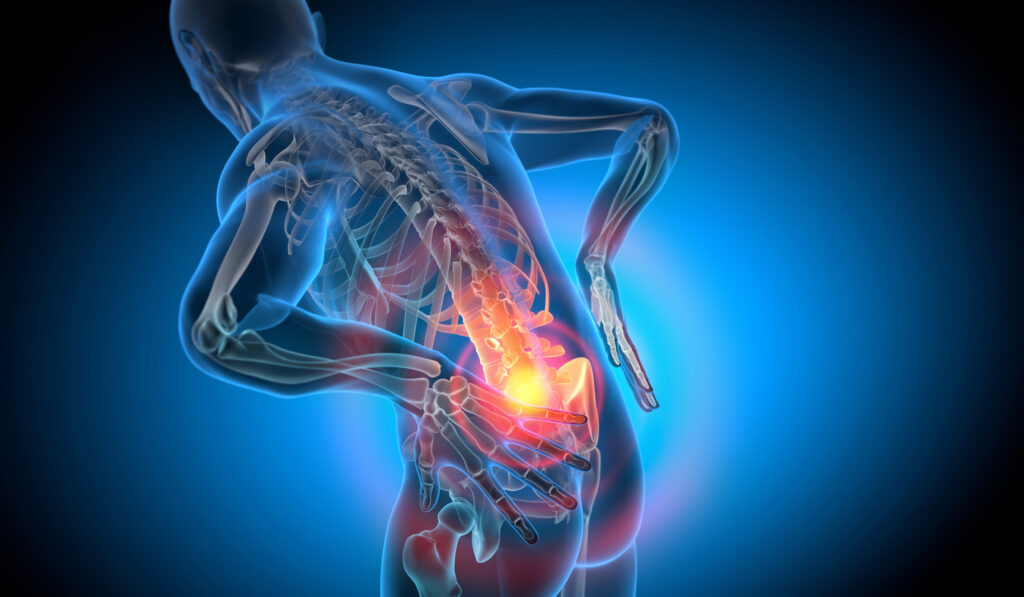Chronic low back pain (cLBP) and radiculopathy are increasingly recognized as leading causes of disability across the globe. Traditional treatments for these conditions often fall short, lacking reliability and sometimes leading to adverse effects. Among surgical options, discectomies can compromise disc integrity, while fusions can inadvertently harm adjacent discs, both of which may accelerate the degeneration of spinal discs over time.
In a promising shift towards more effective and safer interventions, recent research highlights the potential of regenerative medicine treatments. These include innovations like “stem cell” therapy, utilizing centrifuged bone marrow aspirate (BMC), and platelet-rich plasma (PRP) techniques. However, these conventional methods have a significant limitation: they do not incorporate fibrin’s unique bio-adhesive properties. Fibrin serves as a robust bio-adhesive that can immediately integrate into disc defects, effectively binding to the area and playing a crucial role in facilitating the regeneration of new disc tissue.
The authors of this research, including Kevin Pauza from Pauza Spine Institute, Kwadwo Boachie-Adjei from Regen Health Solutions LLC, Joseph T Nguyen from BetaNido, Francis Hussey Iv from the Massachusetts Institute of Technology, Jacob Sutton from Northwell, Akua Serwaa-Sarfo from Regen Health Solutions LLC, Patrick M Ercole from BetaNido, Carrie Wright from Pauza Spine Institute, and William D Murrell, who has affiliations with several institutions including Longevity-New York and the Institute for Mobility and Longevity, underscore the significance of these findings in the ongoing battle against chronic low back pain.
The implications of this research are profound, suggesting a shift towards more innovative approaches that harness the body’s natural healing processes. By integrating fibrin into treatment protocols, there is potential not just for improved outcomes in disc repair but also for reducing the reliance on more invasive surgical options that carry higher risks of complications.
As the field of regenerative medicine continues to evolve, it will be crucial for clinicians and patients alike to stay informed about these advancements. With ongoing research and clinical trials, the future of treating chronic low back pain and radiculopathy may be brighter than ever, offering hope for enhanced quality of life for millions affected by these debilitating conditions.


